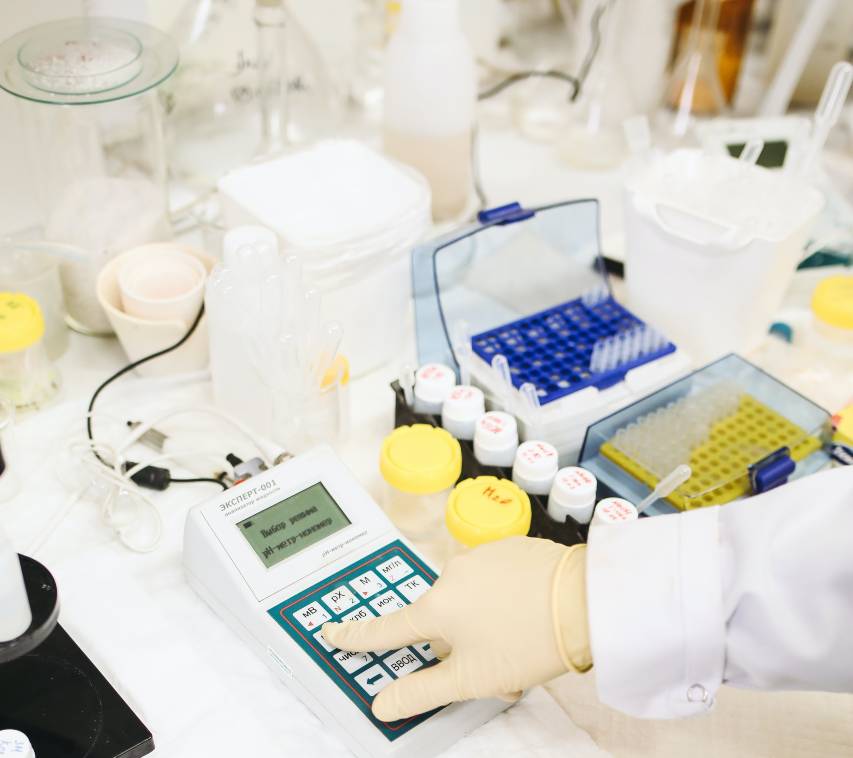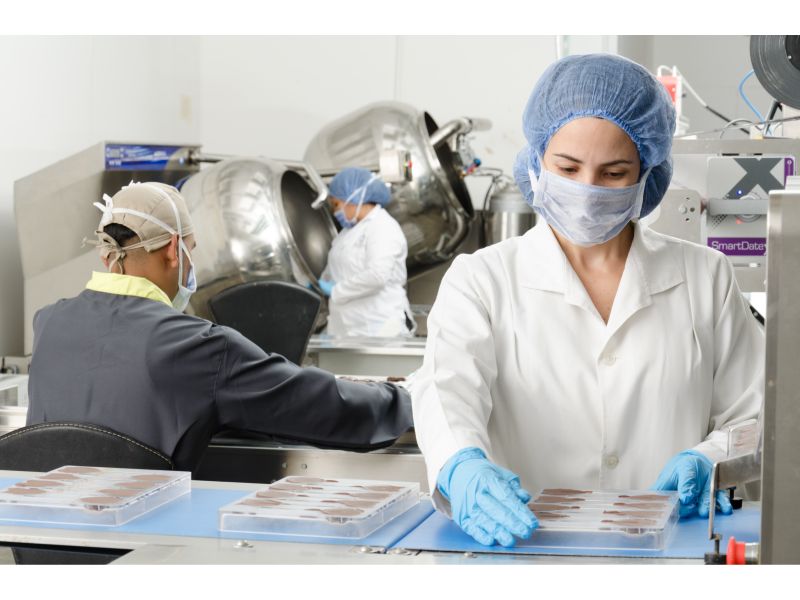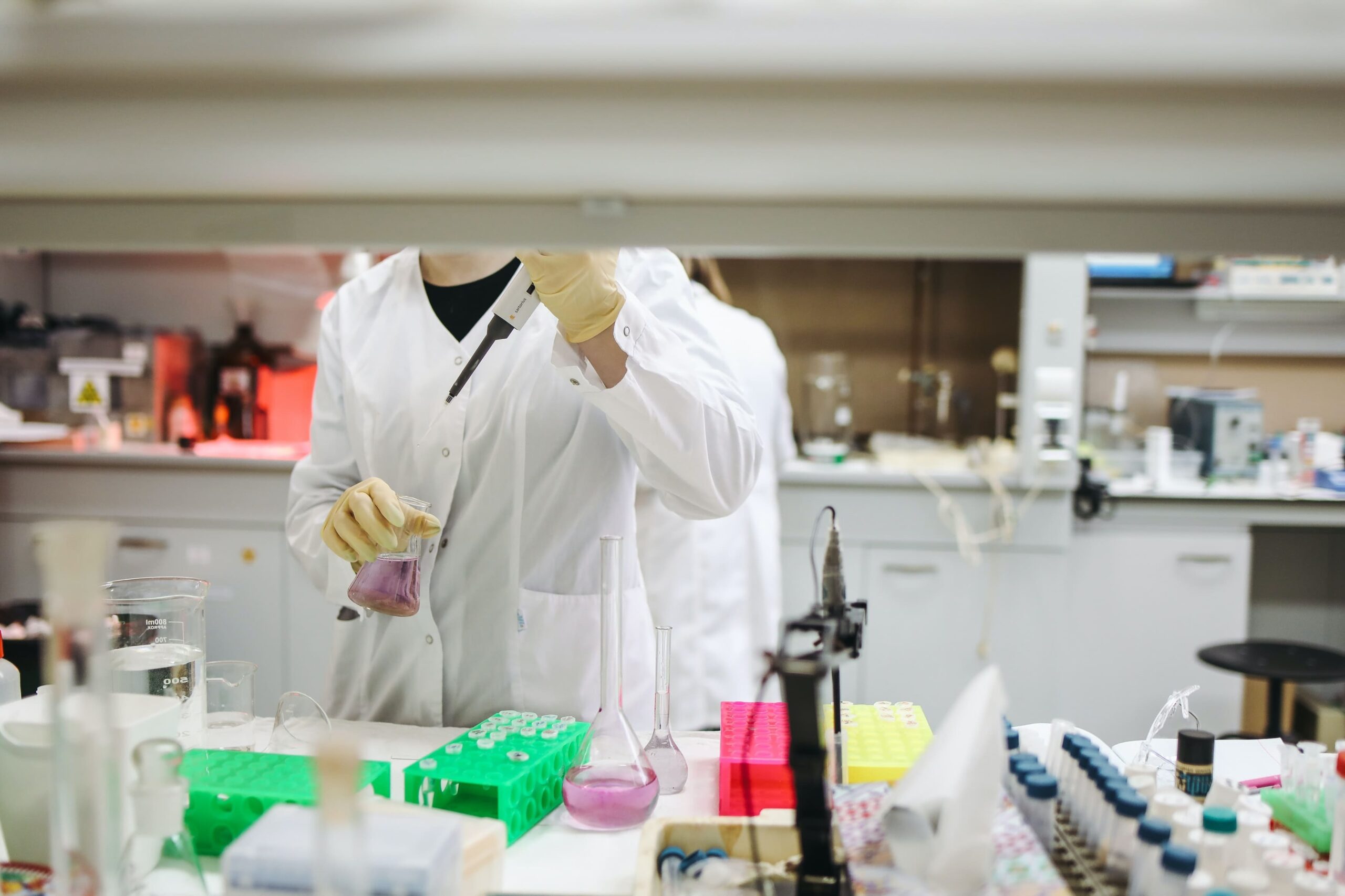Nutritional testing labs are invaluable for individuals committed to enhancing their overall health and well-being. It serves as a compass for those on a journey to better health, offering clarity and direction when navigating the complex world of nutrition.
Whether you grapple with specific health concerns that have eluded diagnosis or aspire to elevate your physical and mental vitality, nutritional testing can be your guiding light. For athletes, it can unlock the secrets to improving endurance, strength, and recovery, while for those looking to embark on a healthier eating journey, it provides essential insights.
Yet, the key to unlocking the full potential of nutritional testing lies in selecting the proper laboratory. Choosing the ideal healthy testing lab is not merely a decision; it's a pivotal crossroads where your health goals and personalized insights converge.
In the following sections of this guide, we will navigate this critical decision-making process together, ensuring that you are equipped to select the lab best suited to your unique needs and aspirations.
Why Nutritional Testing Labs Matters
Before we delve into the intricacies of selecting the perfect nutritional testing lab for your needs, it's essential to take a moment to appreciate why nutritional testing holds such paramount importance in health and well-being.
Nutritional testing provides a profound window into the intricate interplay between your body and the nutrients it craves. It illuminates the path towards a healthier you, offering a comprehensive map of your unique nutritional needs and deficiencies.
As we unravel the significance of nutritional testing, consider the myriad benefits it brings to your journey of well-being:
Optimize Your Diet:
Nutritional testing empowers you to customize your dietary choices meticulously. By deciphering the nutrients your body requires, you can ensure your diet is finely tuned to support your health and vitality.
Say goodbye to one-size-fits-all diets and welcome a nutrition plan designed exclusively for you.
Address Health Concerns:
It's common for unexplained health concerns to linger without a precise diagnosis. Nutritional testing acts as a diagnostic tool, shedding light on underlying dietary imbalances that may contribute to issues like fatigue, digestive problems, or troublesome skin conditions.
Armed with this knowledge, you can take targeted steps toward resolving these concerns.
Enhance Athletic Performance:
For athletes and fitness enthusiasts, nutritional testing offers a competitive edge. It lets you fine-tune your nutritional intake, optimizing your body's fuel for peak performance.
With a personalized nutritional strategy, you can improve endurance, gain strength, and speed up your recovery, ultimately pushing your athletic limits.
Prevent Chronic Diseases:
Chronic diseases such as heart disease, diabetes, and osteoporosis are often influenced by lifestyle and dietary factors. Nutritional testing is a proactive measure that can help reduce your risk of developing these conditions.
By identifying potential nutritional deficiencies early on, you can take preventative actions to safeguard your long-term health.
Also, go through our blog explaining why Nutritional Testing in India is an important affair to consider.
Step 1: Determine Your Health Goals
The inaugural and most pivotal step on your journey to selecting the proper nutritional testing lab is to crystallize your health objectives, akin to charting a course on a map; you must identify the destination before embarking on the voyage.
In the context of nutritional testing, this involves introspectively examining the specific outcomes you aspire to achieve. These health aspirations, unique to each individual, form the foundation upon which your entire testing experience will be built.
As you embark on this endeavor, consider the following common health goals: Weight Management, where you aim to shed excess pounds or maintain a healthy weight; Improved Energy and Vitality, for those yearning for increased energy levels and a revitalized sense of vitality;
Better Digestion to address digestive discomfort or irregularities; Enhanced Athletic Performance for athletes seeking to optimize their nutritional intake; Managing Chronic Conditions, using nutritional testing as a vital tool in disease management; and Preventing Disease by taking proactive measures against chronic diseases.
By articulating your health goals clearly, you not only define your destination but also set the course for the journey ahead, with these objectives serving as the guiding star leading you to a nutritional testing lab that aligns precisely with your unique needs, ensuring that your path to better health is both purposeful and effective.
Step 2: Research Nutritional Testing Labs
Once you've clarified your health goals, it's time to research nutritional testing labs. Consider the following factors:
- Accreditation: Ensure the lab is accredited and follows industry standards and best practices for accuracy and reliability.
- Testing Methods: Investigate the testing methods used by the lab. Some labs offer comprehensive blood tests, while others focus on DNA-based testing or food sensitivity tests. Choose the plan that aligns with your goals.
- Reviews and Recommendations: Read reviews and seek recommendations from healthcare professionals or trusted sources who have experience with nutritional testing.
- Cost and Insurance: Understand the testing costs and whether your health insurance covers any expenses.
Also, you can check out our blog on the essential equipment and procedures of nutritional testing labs in India.
Step 3: Consult with Healthcare Professionals
Before arriving at a definitive decision, it is prudent to seek counsel from healthcare professionals who bring a wealth of expertise to the table. These experienced individuals, including your trusted physician, nutritionist, or dietitian, possess the knowledge necessary to guide you through the intricate process of selecting the optimal nutritional testing lab tailored to your needs.
Beyond their capacity to recommend a lab that aligns with your health goals, these professionals can further illuminate your journey by assisting in interpreting the test results. In essence, they transform complex data into actionable insights, helping you comprehend the significance of the numbers and facilitating informed decision-making.
Moreover, healthcare professionals can collaborate with you to craft a personalized plan rooted in the findings, ensuring that the insights gleaned from your nutritional testing translate into tangible steps for improving your health and well-being. Their support transforms selecting a healthy testing lab into a comprehensive and empowering journey.
Step 4: Compare Testing Packages
When selecting a nutritional testing lab, it's crucial to remember that various labs offer different testing packages designed to suit diverse needs. To make an informed choice, carefully compare these packages and choose the one that best aligns with your health goals and financial constraints.
Assess the comprehensiveness of the test, considering whether you seek a broad examination of your overall nutritional status or a focused analysis of specific nutrients. Also, weigh the turnaround time for results, mainly if your health goals are time-sensitive.
By striking a balance between your desired level of insight, budget, and the urgency of results, you can ensure that the chosen testing package is a perfect match for your unique health journey, enabling you to make the most of your nutritional testing experience.
Check out Sms Lab’s, state-of-the-art nutrition testing services for your needs.
Step 5: Convenience and Accessibility
When selecting a nutritional testing lab, it's essential to prioritize convenience and accessibility. Consider factors such as the lab's physical location, the availability of at-home testing kits, or a network of collection centers in your vicinity.
Opt for a lab that best accommodates your lifestyle and preferences, whether choosing a nearby facility for in-person testing, leveraging the convenience of at-home testing, or benefiting from easy access to collection centers in your area.
This way, you can streamline the testing process and make it as hassle-free as possible, ensuring that your journey to improved health is practical and straightforward.
Step 6: Follow Through and Take Action
After the careful selection of a nutritional testing lab and the receipt of your results, the journey to better health doesn't end there; it's essential to follow through with any dietary or lifestyle changes recommended based on the insights gained from the testing.
Collaborate closely with your healthcare professionals, including your doctor, nutritionist, or dietitian, to craft a comprehensive plan that aligns with the findings. This personalized plan will empower you to take actionable steps toward improved health and well-being.
By adhering to the guidance and advice provided by your healthcare team, you'll effectively leverage the valuable information obtained from your nutritional testing, ensuring that it translates into tangible improvements in your health and quality of life.
Conclusion:
Choosing the right nutritional testing lab is a significant step in achieving your health and wellness goals. By determining your objectives, conducting research, consulting with healthcare professionals, and comparing testing packages, you can make an informed decision that will empower you to take control of your health. With the insights gained from nutritional testing, you can embark on a journey toward a healthier, more vibrant life.








